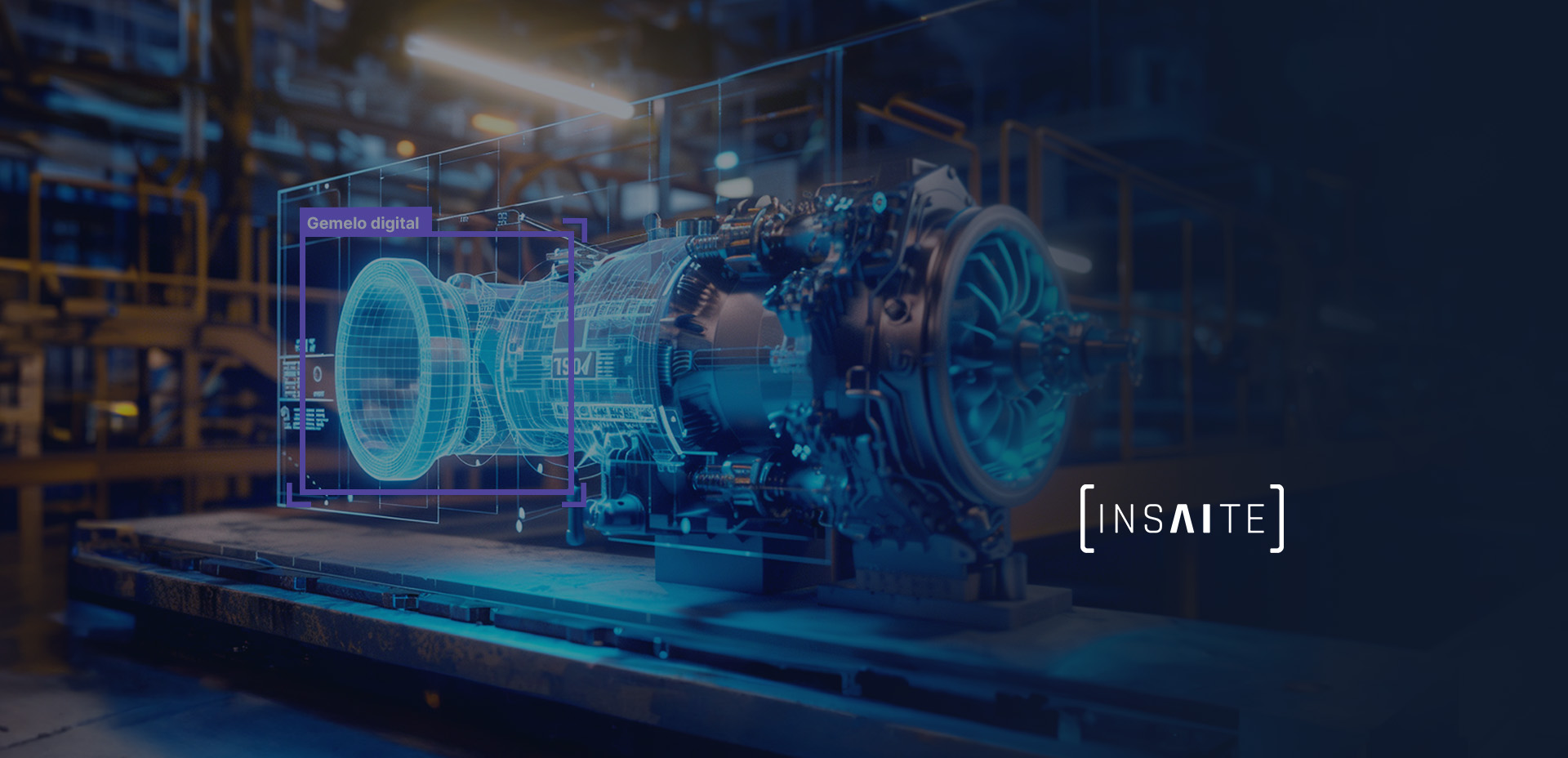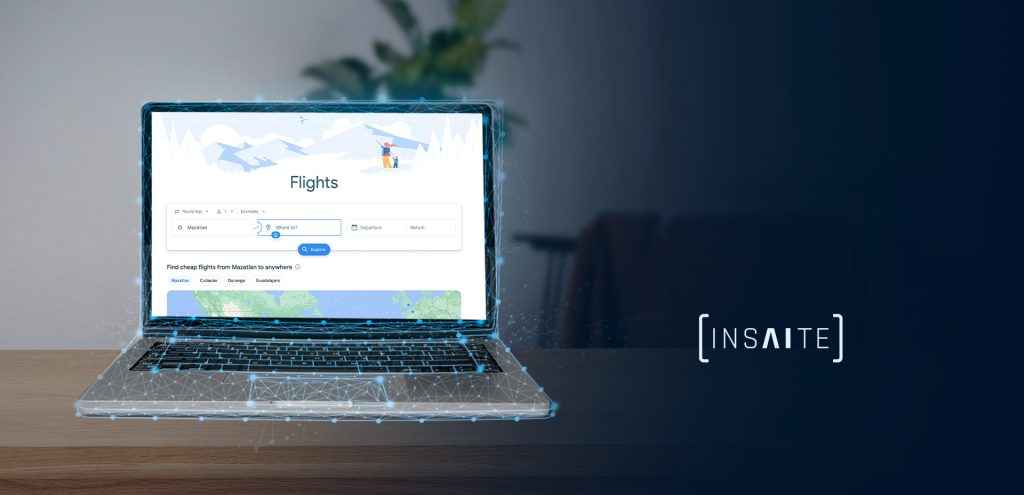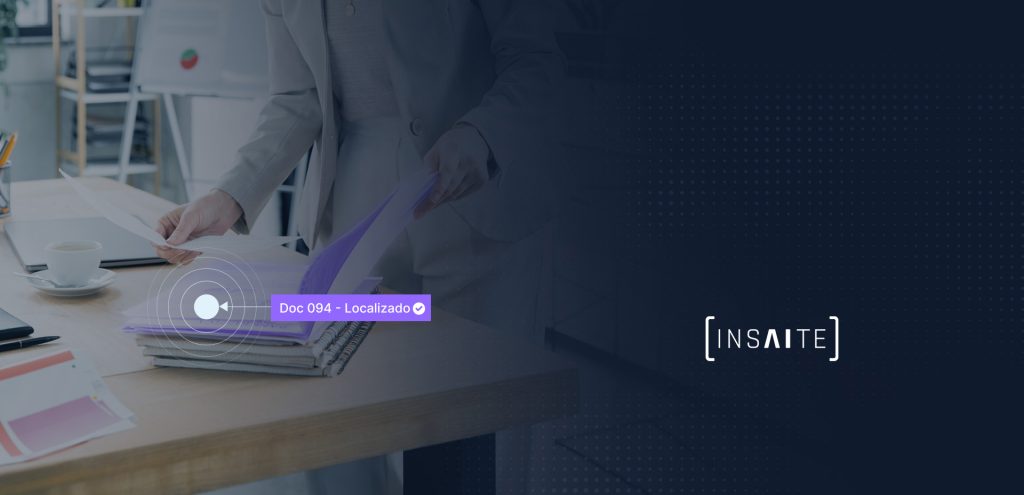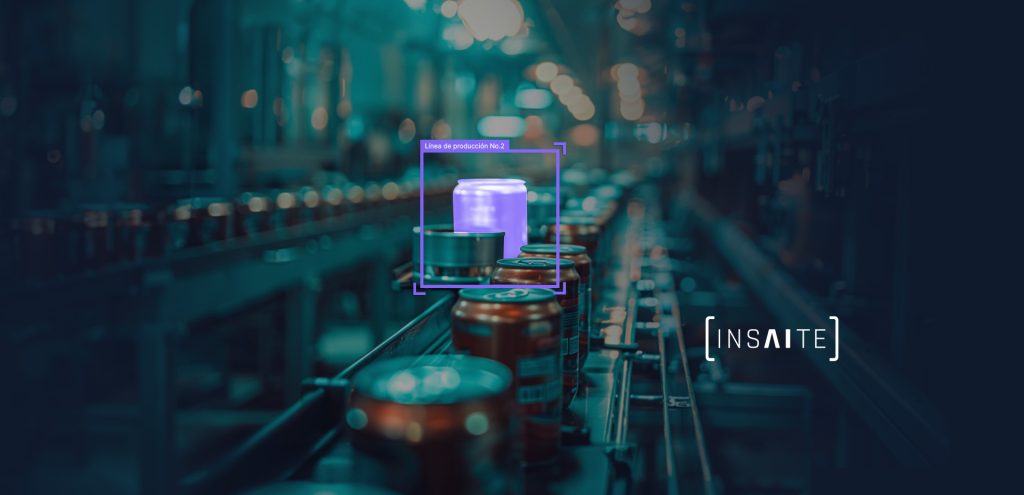Since 2010, the term “Industry 4.0” has emerged, driven by the integration of new technologies aimed at optimizing both production and design operations. Among the technologies marking the beginning of this era are the Internet of Things (IoT), Big Data analysis, robotics integration, augmented and virtual reality.
The combination of several of these technologies has led to the development of digital twins, which are virtual versions of machinery or systems that allow for controlled exercises.
In this article, we will explore what exactly these digital twins are and how they can be used in conjunction with generative artificial intelligence.
What are Digital Twins?
As the name suggests, digital twins are virtual representations of either parts, machinery, or systems. This virtual model is continuously updated with real-time data obtained through sensors embedded in the physical object under study, such as a turbine, which collect performance information.
With updated data, the digital twin becomes a powerful tool that utilizes simulation, machine learning, and reasoning to assist in decision-making. Unlike conventional simulations, which focus on specific processes, digital twins can run multiple simultaneous simulations and study various aspects of the object or system in question.
Additionally, digital twins leverage real-time data flow, enabling them to adapt and dynamically respond to changes and further enhance their predictive and analytical capabilities.
How Could Generative AI and Digital Twins Be Combined?
A fusion of technologies with significant potential in the new industrial era is the combination of generative design, driven by artificial intelligence, and the use of digital twins. This combination creates an optimal environment for conducting comprehensive product control tests.
Generative design represents a new frontier in industrial design, leveraging cutting-edge tools, including generative AI, to streamline the process of creating or improving products based on historical data.
This innovative approach is already gaining ground in various industries, from packaging design to automotive parts, as exemplified by the case of new seats for Toyota models.
In the realm of component design, such as turbine or engine parts, digital twins emerge as an exceptional option for subjecting components to tests of resistance, durability, performance, and other variables in a controlled environment.
This practice allows optimization of testing processes and the time required to make corrections to product designs before their market launch.
The integration of generative artificial intelligence and digital twins represents a powerful synergy driving innovation and efficiency in the industry.
By combining the ability to generate optimized designs with the ability to simulate and evaluate product performance in virtual environments, the door is opened to a more agile, accurate, and cost-effective development process.
This technological collaboration promises to revolutionize the way products are designed, tested, and perfected, paving the way for a smarter and more adaptable industrial future.




